What exactly caused the explosion of West Africa on the global fashion scene? This is a question that has been on my mind lately. Over the past decade, and especially the last 5 years, demand for fashion from the corner of the continent in which I was born seems to have grown. Of course, this is in no way intended to discredit fashion from the other regions of Africa.
I did a little (actually a lot) of digging around and the conclusion I have drawn is that a variety of reasons were behind this phenomenon. A lot of the reasons I am about to mention are, in fact, all intertwined.
1) The Natural Hair Movement among African-Americans in the United States
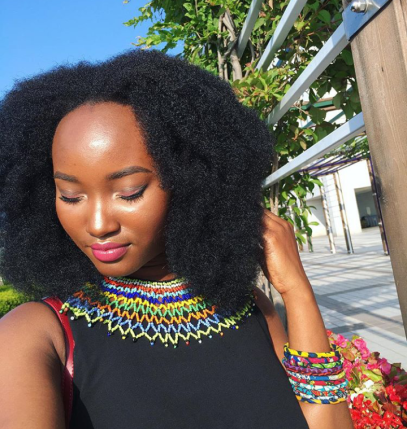
Yes. I think hair influenced fashion in West Africa. For those that don’t know, the Natural Hair Movement is a movement which began in the 2000’s and encourages women of African descent to keep their natural afro-textured hair. I believe that this move of going back to one’s natural roots inspired a mental return to and love for African inspired things. Being that brightly colored wax print fabric is always associated with Africa, could it be that there was a sudden demand for that type of clothing? One thing that many people don’t know, however, is that wax print is only mostly popular in West African countries; other parts of Africa use other fabrics more than they use the wax prints/African prints/ankara. And so, due to this rise in demand, fashion products from West Africa gradually became a hot commodity in the international and local markets.
2) International Fashion Designers
Also related to the rise of African print is the fact that Major brands such as Marc Jacobs, Givenchy, Jean Paul Gaultier, Diane Von Furstenberg and others have been seen using African print/African inspired prints in their collections. This further increased the international appeal and global demand for such clothing.

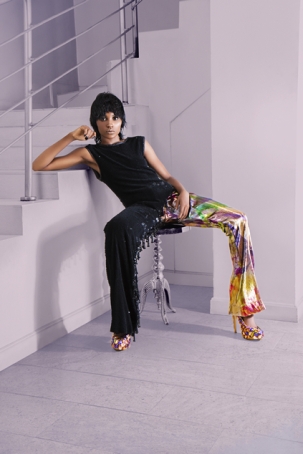
3) African Fashion Weeks
There are countless fashion weeks held all over West Africa. The benefits of these events are sometimes debatable since it would probably make sense to have all these events streamlined and organized by one organization (at least for each country) instead of having several different and unrelated ones. Either way, all these events have helped to bring more exposure to the talent in the industry. Also, Africa Fashion Week Miami, Los Angeles, New York, London, Paris, Milan, Berlin and Tokyo have played a phenomenal role in promoting West African and in general African fashion. This is an event that was founded in 2009 by Adiat Disu. It started in New York, but has now grown to all the Western fashion capitals.
4) Celebrity Influence

Celebrities caught whiff of the trend and were spotted all over the place in clothing designed by West African designers and craftsmen, popularizing it even more. Some West African celebrities, such as actress Omotola (Nigeria), have even made it a point to only actively promote clothing that is made in Africa.
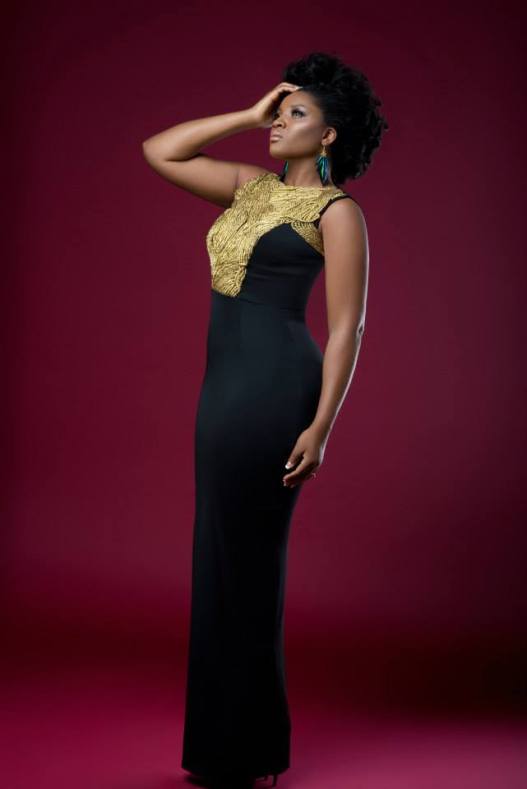
5) Ethical Fashion Initiative
This initiative, founded by Simone Cipriani in 2009 and in conjunction with the United Nations and the World Trade Organization, has helped to reveal the talent in Africa to the world. The Ethical Fashion Initiative connects artisans and top designers from the developing world to the international fashion value chain. The intention is to create a more ethical and responsible global fashion industry. Though it did not begin in West Africa, the initiative has provided a platform for many West African brands such as Christie Brown, Orange Culture, Anita Quansah, Dent de Man, Sophie Zinga and others to broaden their global market reach.
6) Vogue Editor-In-Chief and Fashion for Development (F4D)
Vogue Magazine is a major powerhouse in fashion circles and so when their editor-in-chief, Franca Sozzani paid a visit to Ghana, Nigeria and Togo along with Italian fashion designer Robert Cavalli in 2011, the world was watching. She visited because she was collaborating with Fashion For Development chair Roberta Annan (Ghanaian) on a Vogue Issue called “Rebranding Africa”. Because of their joint efforts, online store Yoox and American department store Saks were stocked with clothing from West African designers. The clothes sold out in two weeks!
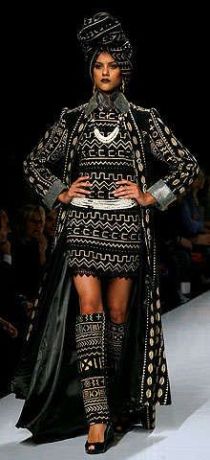
7) The Pacesetters
People of African descent that have succeeded in becoming influential pacesetters in the global fashion industry continue to serve as a major source of inspiration, not just for West Africans, but all Africans in the industry. There is nothing more motivating than knowing that if the others you grew up admiring could achieve greatness, then there is every reason that you can do the same, if not more. People like Ozwald Boateng and the late Kofi Ansah have paved the way for others to find their way into the global fashion industry. For about three decades, Ozwald Boateng has been making an impact on menswear in Europe.
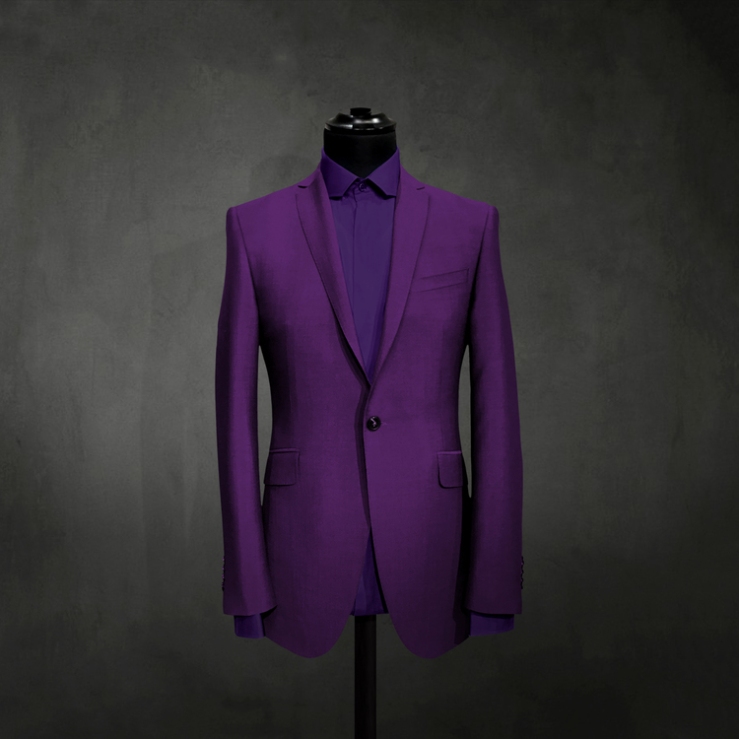
And so, I believe that West Africa exploded on the fashion scene for a variety of reasons. In my opinion, it all boils down to the fact that increase in oversees demand for the products along with the drive of our people to capitalize on global opportunities while seeking inspiration from predecessors, have enabled our designers to continue to create and take their fashion to new levels.
Shoes in photo header are by L’aviye you can find them on Instagram as @Laviye
Don’t forget to follow @stylesummitafrica on Instagram as well!
https://www.instagram.com/p/BPhOns8AVbj/?taken-by=stylesummitafrica&hl=en


Enjoyed reading about this. Elated that West Africa is finally receiving worldwide recognition. Great write-up.
LikeLiked by 1 person
So glad you enjoyed it. And thanks for reading. You have a lovely blog too!
LikeLiked by 1 person
Thank you very much. I only started last week, very young in the business.
LikeLiked by 1 person
Very interesting 🙂
LikeLiked by 1 person
Thanks for reading Alisson. You have a very interesting blog too!
LikeLike
Thank you!
LikeLiked by 1 person
What an interesting post, hun! Very good and informative. You are a great writer!! Love your blog.
If you want to see some fabulous outfit pairings and fashion show reviews, you should click this link to my blog, view and come and follow me:
https://jessiesthreads.wordpress.com/
It is totally chic and international!!!
LikeLiked by 1 person